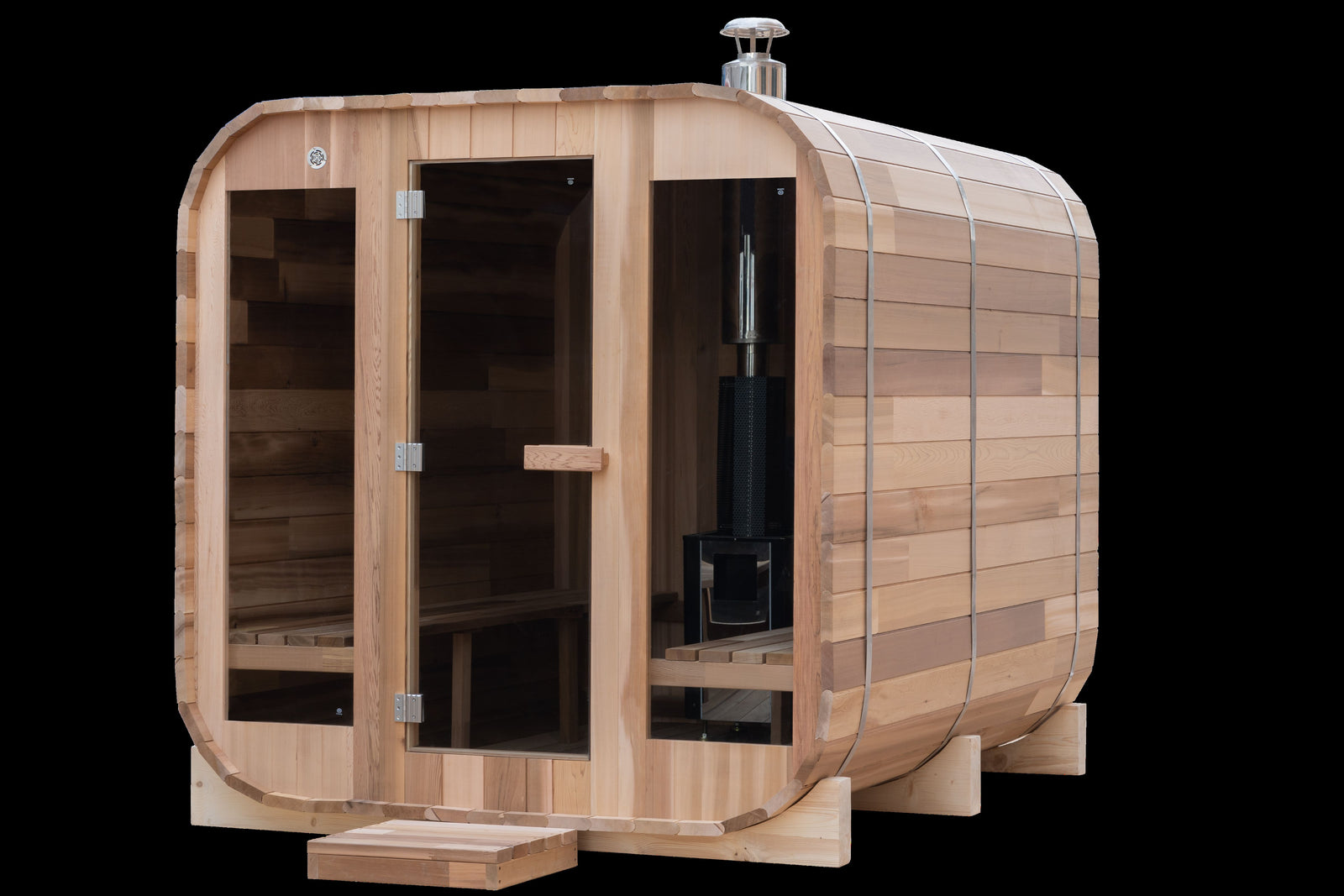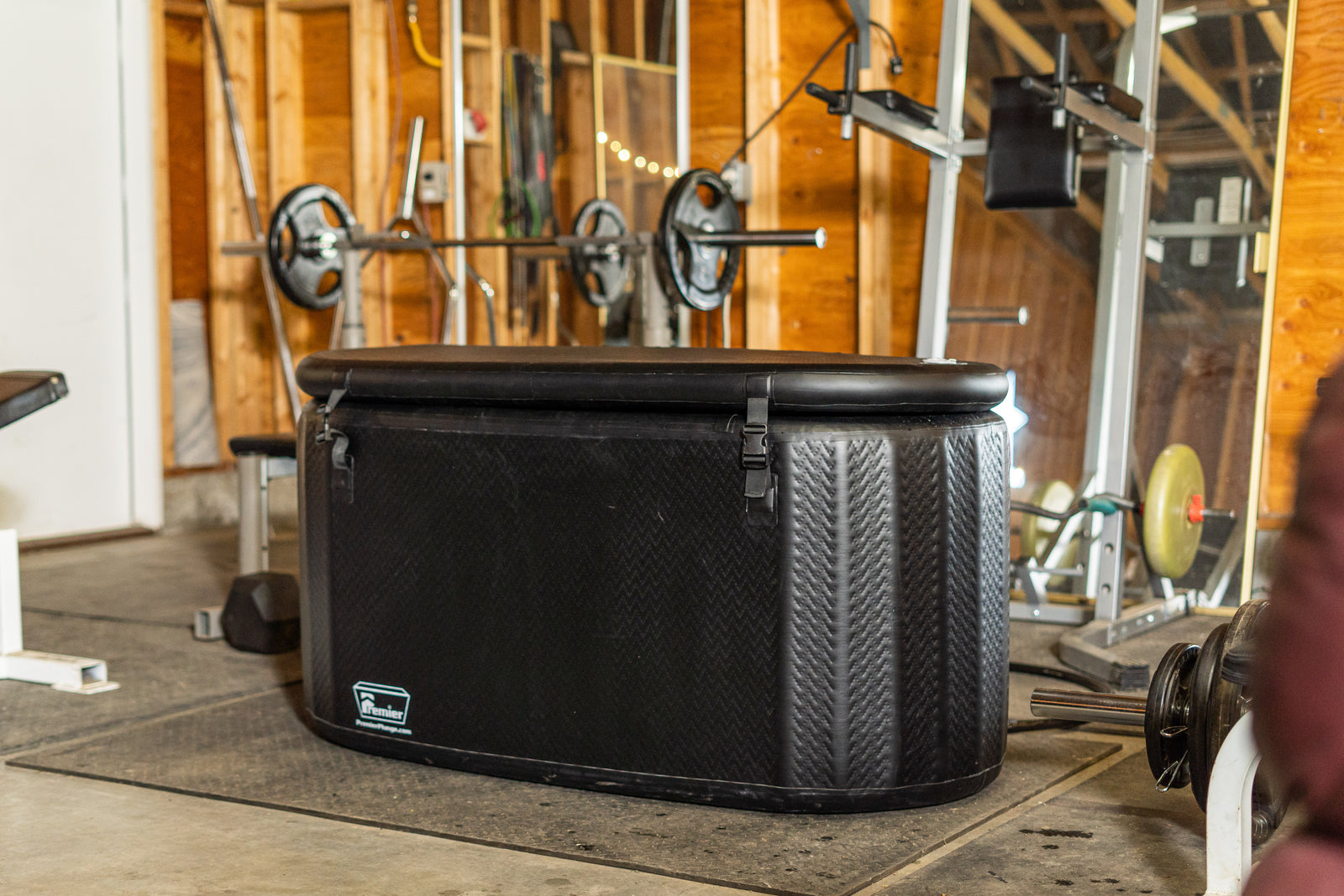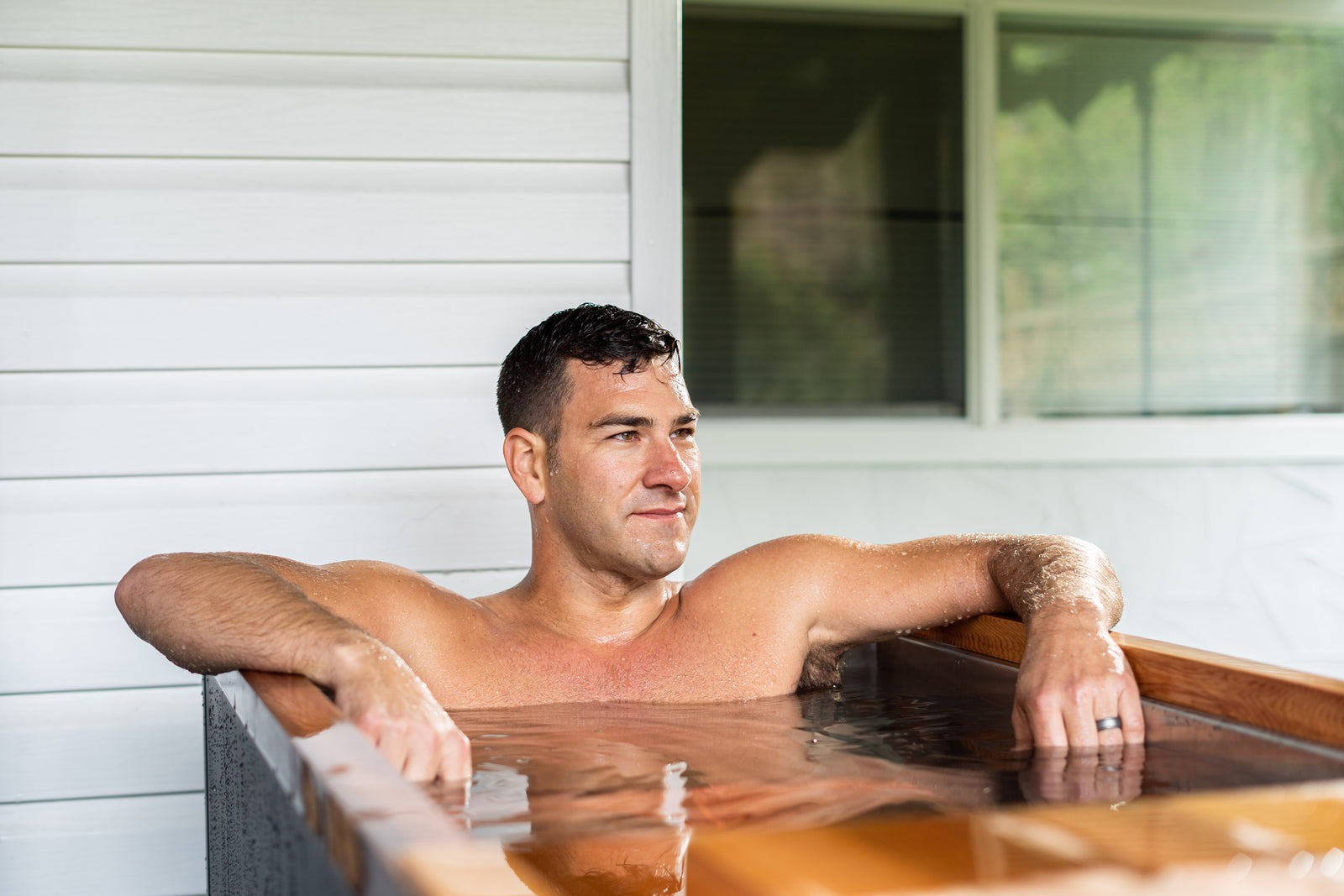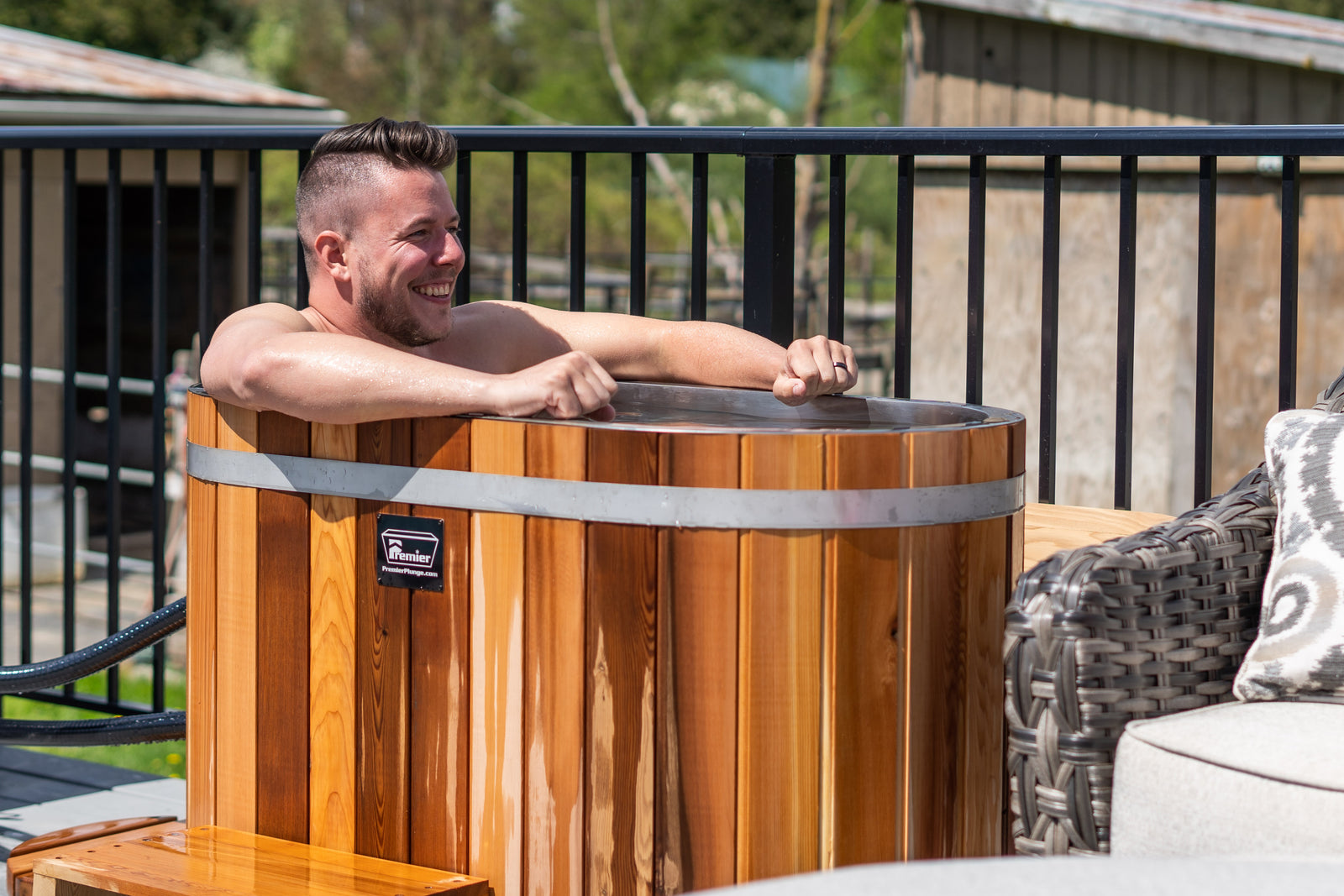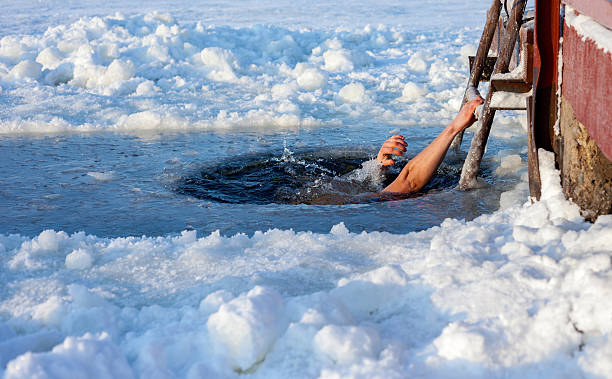
Breathing techniques can play an important role in managing the cold shock response and maximizing the benefits of cold plunging. Here are some breathing techniques that can be used during cold water immersion:
-
Deep Breathing: Taking slow, deep breaths before and during cold water immersion can help to calm the mind and relax the body. Inhale deeply through the nose and exhale slowly through the mouth, allowing your breath to be slow and controlled. This can help to regulate your heart rate, reduce anxiety, and increase your tolerance to the cold.
-
Wim Hof Method: The Wim Hof Method, developed by the "Iceman" Wim Hof, is a popular breathing technique that involves a combination of deep breathing and breath holds. The method typically involves taking 30-40 deep, rapid breaths followed by a breath hold for as long as comfortable, and then repeating the process for several rounds. This technique is believed to increase oxygen levels in the body and help manage the cold shock response.
-
Tummo Breathing: Tummo is a Tibetan breathing technique that involves visualization and breath control to generate inner heat. It is also known as "inner fire" meditation. Tummo breathing typically involves deep, slow breaths while visualizing a warm sensation in the body, and then directing that warmth to different parts of the body. This technique is believed to help generate heat and increase resistance to cold.
-
Box Breathing: Box breathing is a simple and effective breathing technique that involves inhaling, holding the breath, exhaling, and then holding the breath again, all for equal counts. For example, inhale for a count of 4, hold for 4, exhale for 4, and hold for 4. This technique can help to regulate the nervous system, calm the mind, and improve focus, which can be beneficial during cold water immersion.
-
Controlled Hyperventilation: Controlled hyperventilation is a technique that involves taking rapid, deep breaths to lower the levels of carbon dioxide in the body, which can help to reduce the cold shock response. This technique is typically done before entering the cold water and should be followed by slow, controlled breathing to avoid hyperventilation.
It's important to note that everyone's response to cold water immersion and breathing techniques may vary, and it's essential to listen to your body and adjust the techniques based on your comfort level. Consulting with a healthcare professional or a qualified instructor familiar with cold water therapy and breathing techniques can provide further guidance and ensure safety.


